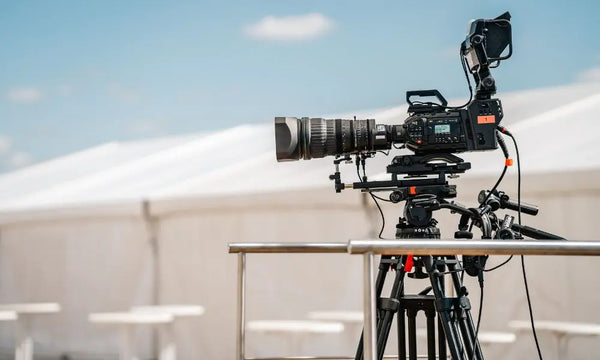
Ways You Can Control Light Quality During Filming
With the power to shape a viewer’s emotions and guide their focus, light is a filmmaker’s most potent tool. Controlling the quality of light during filming can transform your work from amateur to professional, enabling you to tell your stories with more depth and clarity. Let’s explore some techniques that enable you to master light quality and use it to your advantage in your filmmaking journey.
Utilize Natural Light
Natural light can create beautiful, organic effects that are hard to replicate artificially. However, it needs careful control since its intensity and color change throughout the day. Understand the behavior of natural light and plan your shoots around specific times, like the golden hour or blue hour, to manipulate the quality of light in your scene. Use elements in your environment, such as trees or buildings, to diffuse or block sunlight and create different lighting effects.
Introduce Artificial Light
There are numerous types of artificial lights, such as LED and fluorescent, with their own unique characteristics. By adjusting the intensity, color temperature, and direction of these lights, filmmakers can create a wide variety of moods and atmospheres. Remember, the quality of light depends not only on the light source itself but also on how it interacts with the environment and subjects in the scene.
Use a Scrim To Diffuse Light
A photography scrim is a piece of fabric, usually stretched on a frame, that is used to diffuse light. When placed between a light source and the subject, a scrim softens the light’s intensity, reducing harsh shadows and contrast. It essentially turns a hard light source into a soft one, creating a more flattering and balanced light. A scrim is particularly useful when filming in bright conditions, such as under direct sunlight, to temper the light’s harshness and create a more even, controlled lighting effect.
Manipulate Light With Reflectors
Reflectors allow filmmakers to bounce light onto a subject or area that needs more illumination. They come in various sizes, shapes, and colors, each providing a different effect. For instance, a silver reflector provides a bright, harsh light, while a white one gives a softer, more diffused light. By positioning the reflector at different angles, you can control where the light falls and how intense it appears.
As you step forward in your filmmaking journey, remember that controlling light quality is not just about technical mastery; it is also an avenue for artistic expression. Use these ways you can control light quality during filming to craft shadows and highlights, creating a visual language that speaks directly to your audience’s emotions. Keep exploring, keep learning, and most importantly, keep shining your light on the stories that matter to you.
